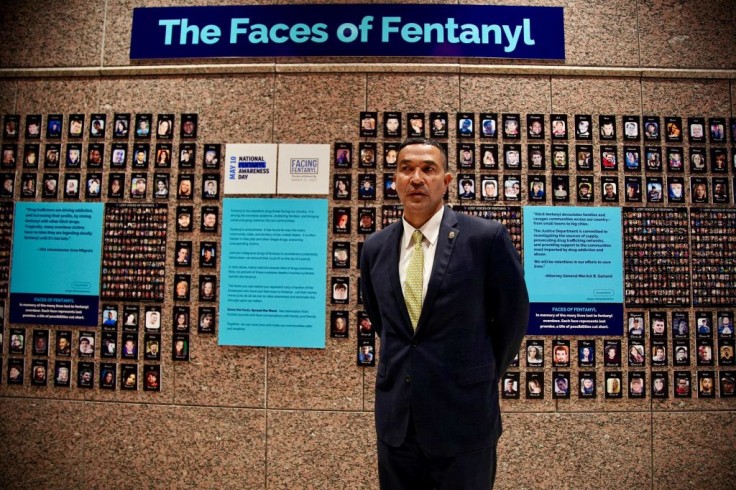
The surge of fatal overdoses of fentanyl involving children and teens in the US has been an ongoing public health crisis.
According to new research published in JAMA Pediatrics, the issue is worsening among children and teens as overdose deaths involving fentanyl have increased significantly, mirroring trends among adults.
The data shows that the number of fentanyl overdose deaths among children and teens has increased 30-fold since 2013.
Fentanyl Overdose Among Children and Teens
The study, which was based on two decades of data, revealed that more than 5,000 children and teens have died from overdoses involving fentanyl in the past 20 years.
Surprisingly, a majority of the fatalities happened within the first two years of the COVID-19 outbreak.
According to CNN, the research also shows that in 2021, there will be about 1,550 pediatric deaths from fentanyl, which is over 30 times more than in 2013, when the wave of overdose deaths involving synthetic opioids began in the US.
Starting in 2018, there was a significant increase in fatalities due to fentanyl overdose, resulting in nearly a three-fold increase in deaths for older teenagers and nearly a six-fold increase for children under the age of 5.
In 2021 alone, 40 infants and 93 children between the ages of 1 and 4 died due to fentanyl overdoses.
With older teens, the overdose deaths are similar to what happens with adults.
It's recreational drug use, and they either intentionally take fentanyl or it's being cut into the drugs that they're using.
However, with younger children, it's harder to understand exactly what is happening inside the home-the most common place where overdose deaths occur-but it's often related to drugs that are left within reach.
Read Also: Pediatric Mental Health Hospitalizations for Suicidal, Self-Harming Behavior Spike Dramatically
Impact of COVID-19 on the Fentanyl Epidemic
Fentanyl, a synthetic opioid, has the potential to cause rapid death and is approximately 100 times more potent than morphine.
As per the CDC, it is classified into two types: pharmaceutical fentanyl, which is prescribed by doctors to relieve severe pain, especially after surgery and for advanced-stage cancer, and illicitly manufactured fentanyl (IMF), which is produced illegally and is commonly used as a substitute for heroin.
The majority of fentanyl-related overdoses nowadays are caused by the IMF. This illegal drug is available in different forms, including powder and liquid, and is added to other drugs to enhance their potency and effects.
Because of its potency, it is much cheaper, more powerful, and more addictive than other drugs.
Powdered fentanyl is almost indistinguishable from other drugs, and IMF in its liquid form can be found in nasal sprays, eye drops, and even on small candies or paper.
Synthetic opioids, such as fentanyl, are responsible for more than 150 deaths every day due to overdose. It is crucial to understand the dangers of IMF and the risks associated with using this drug.
According to the U.S. News, the drug crisis has become even worse due to the COVID-19 pandemic, leading to an increase in the number of overdose fatalities, which hit record levels in 2021.
In approximately two-thirds of all drug overdose deaths, fentanyl was identified as a contributing factor. Typically, multiple drugs are involved in these fatalities, and fentanyl is frequently found in combination with other substances.
A recent study indicates that benzodiazepines, a type of medication prescribed to treat anxiety and insomnia, as well as cocaine or psychostimulants, were consumed in over a third of cases involving children and adolescents.